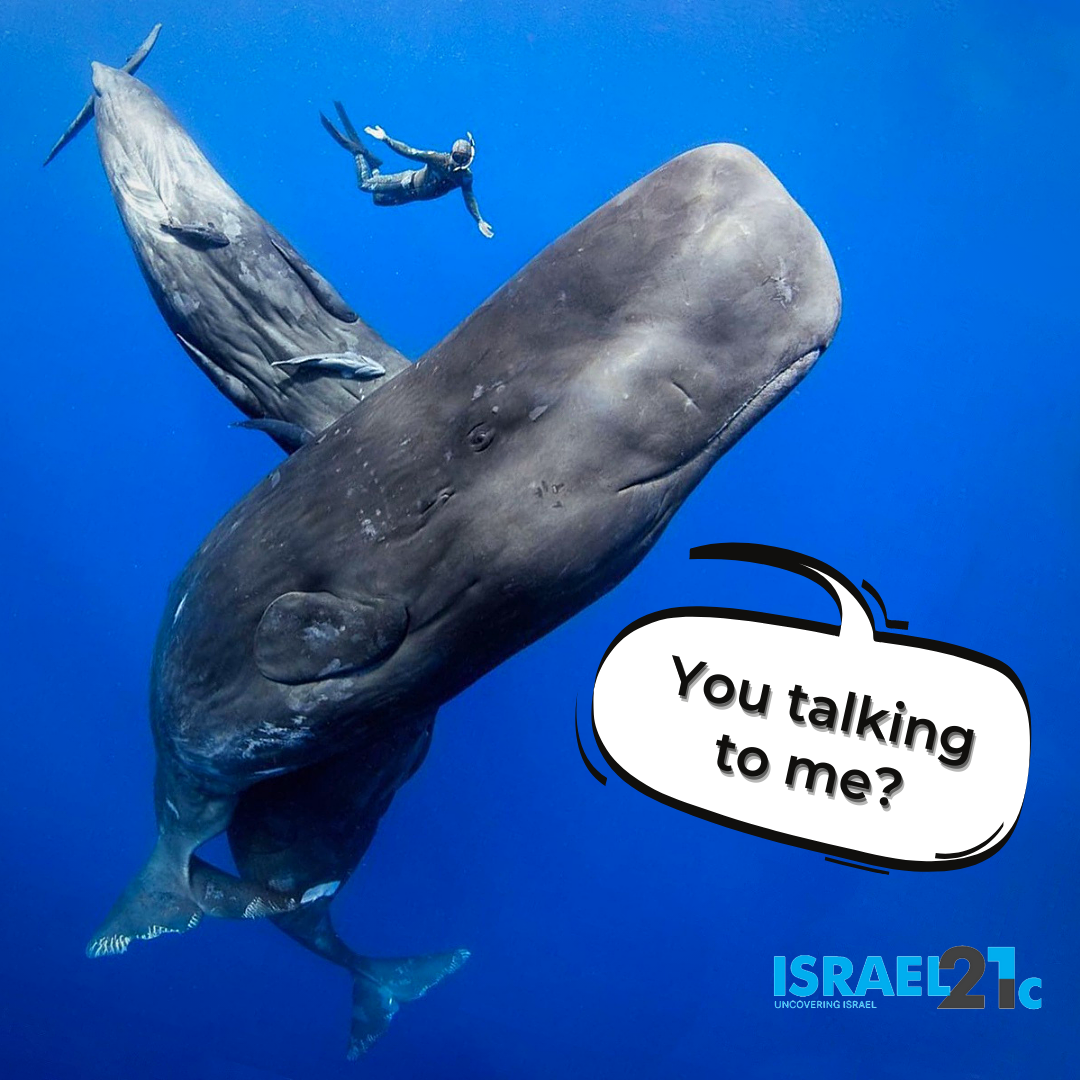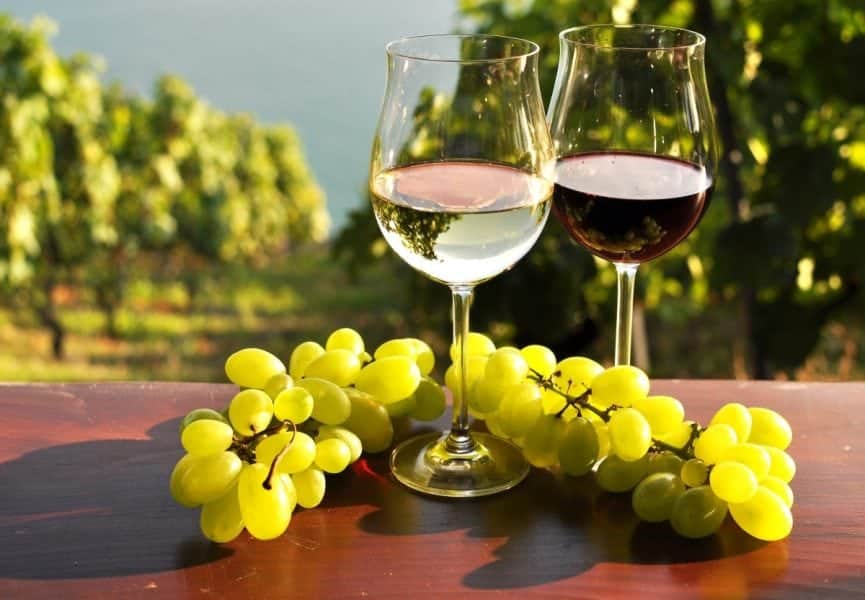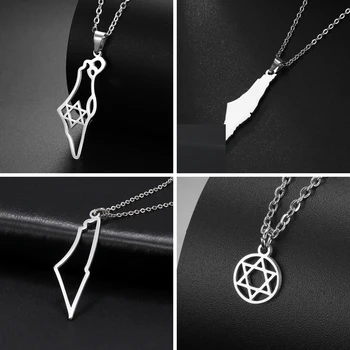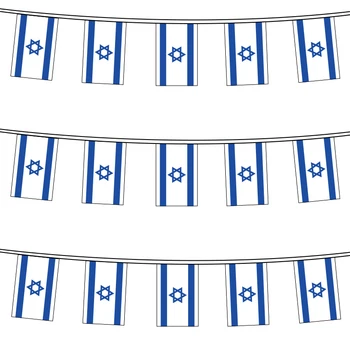 Tour Israel’s nature reserves, see Israel’s successful farming in harsh conditions, and visit sustainable-agriculture communities.
Tour Israel’s nature reserves, see Israel’s successful farming in harsh conditions, and visit sustainable-agriculture communities.
Day 1
Beginning your tour in the north, visit the Talmudic Village of Katsrin on the Golan Heights and an organic farm, using age old traditional methods of farming and livestock management.
Drive to Israel’s eastern frontier, Alonei Habashan, to view the wind turbines used as an alternative source of energy.
Continue to Gamla Nature Reserve, with its host of animals and many well-preserved and dramatic remnants of the city among the first to revolt against Rome. The ruins are at the end of a hearty hour’s hike, and also visible from a lookout, nearby which are also the ruins of a Byzantine village. The reserve boasts a phenomenal concentration of vultures and a beautiful waterfall.
Proceed to the Yehudiya Forest Nature Reserve’s rivers, natural pools, and waterfalls. The 16,500-acre reserve is shaped like an outstretched hand: the palm is the Bethsaida Valley, and each finger represents a river with rushing water and waterfalls. The reserve is 400 meters above sea level at its highest point and gently slopes down toward the Sea of Galilee.
Overnight in the Upper Galilee.
Day 2
Start the day with a visit to the Hula Valley Nature Reserve. The reserve has lovely walking trails, including a “floating bridge” over the wetland, and special lookout points where visitors can observe the avian wildlife. In the campaign to restore natural balance in the Hula Valley was completed: the re-flooding of 250 acres now known as Lake Agmon, located approximately two kilometers north of the Hula Nature Reserve. Visitors can visit the re-flooded area to appreciate nature’s powers.
While at the Hula Valley Nature Reserve don’t forget to stop at Oforia, a fun multimedia display that tells the story of the migratory route across the region and the millions of birds that use it.
Continue to Mitspe Harashim, a small community nestled in the thick forest of Upper Galilee north of the city of Karmiel. Environmental conservation is at the heart of life at Harashim and all development is done with minimal damage to nature. Mitspe Harashim is part of the trend in Galilee and the Negev toward sustainable tourism to which Israel is committed.
Finish the day in Tzefat (Safed), one of the four holy cities in Israel and the home of Lurian mysticism (a branch of Jewish mysticism conceived by the 16th-century Rabbi Isaac Luria). Stroll along the lanes of the Old City and see its many synagogues, as well as its unique artist’s colony.
Overnight in the Upper Galilee.
Day 3
Begin your day with a drive to Acre, a historic walled port-city with continuous settlement beginning in the Phoenician period. The remains of the Crusader town, dating from 1104 to 1291, lie almost intact both above and below today’s street level, providing an exceptional picture of the layout and structures of the capital of the medieval Crusader kingdom, along with touches of the Ottoman fortified market town Acre was during the 18th and 19th centuries.
Explore the Knights Halls, the Al-Jazaar Mosque, the bathhouse with its multi-media display, and the new ethnic museum, built right into the rooms of the old wall.
Continue to Kibbutz Harduf, near the Arab town of Shfar’am, established in 1982 by a group of young people and families who wanted to create a community based on the anthroposophist ideology. The kibbutz has since developed an exemplary educational system, a large organic food industry and a very special relationship with its Israeli Arab neighbors.
Then, it’s on to the modern port city of Haifa; visit the picturesque restored Templer Colony and the gorgeous terraced Baha’i Gardens, and enjoy the view from the top of Mount Carmel.
Overnight in Haifa.
Day 4
Travel across Mount Carmel and the beautiful Beit Oren Valley down to Caesarea, Herod’s port city and the Roman administrative capital in the region. Enjoy a walk through the impressive remains and a visit to the ancient aqueduct on a beautiful stretch of Mediterranean beach.
Proceed to Yarkon National Park, a clean, green vista in the greater Tel Aviv area. Yarkon National Park has two main attractions: Tel Afek (the Roman Antipatris) and its Ottoman-period fortress, overlooking the springs of the Yarkon River; and the area around the sources of the Yarkon River, which boasts a wealth of flora and fauna. The municipal segment of the Yarkon Park in the heart of Tel Aviv is its main urban nature attraction, where you will meet Tel Avivians bike-riding, jogging, strolling and picnicking, especially in the late afternoon.
Overnight in Tel Aviv or Jerusalem.
Day 5
Making an early start to tour Jerusalem, begin with the City of David, the nucleus of Jerusalem, to view the new Visitors Center and Warren’s Shaft. You can walk through the water of Hezekiah’s Tunnel, dug 2700 years ago in order to secure the water flow for Jerusalem during the Assyrian siege, or take the “dry route” also through an ancient part of the water system.
Enter the Old City via Dung Gate to visit the Western Wall, sacred to the Jewish People as the last remnant of the Second Temple.
Tour the Excavations at the Southern Wall, walking on the original two thousand-year old street and climbing the ancient steps to the Temple, used by hundreds of thousands of pilgrims 2,000 years ago as they ascended to the Temple. At the Davidson Center, ensconced in the basement of an eighth-century CE palace, make arrangements to see its virtual-reconstruction, high-definition interactive model.
Cross the valley up to the Jewish Quarter and enter the Herodian Mansions, aristocratic dwellings, possibly of priestly families who served in the Temple. See evidence of First Temple times at the Broad Wall as well as the Late Roman Cardo and the medieval synagogues.
Continue to the Christian Quarter and the Church of the Holy Sepulchre, and end the day wandering through the Old City markets, steeping yourself in its sights, sounds and aromas, and try your hand at hunting and bargaining for treasures.
Overnight in Jerusalem.
Day 6
Begin today with a visit to Yad Vashem Holocaust Memorial to see the astounding new museum, the Children’s Memorial and the Hall of Remembrance.
Drive through the New City viewing old and new neighborhoods and the Knesset (The Israeli Parliament) and the beautifully designed Supreme Court building.
At the nearby Israel Museum, among many other fascinating exhibits discover the mysteries of the Dead Sea Scrolls at the Shrine of the Book, and see the Model of ancient Jerusalem.
Walk through downtown Jerusalem to Mahane Yehuda, the produce market of the Capital. Enjoy coffee and local dishes at one of the coffee bars or restaurants and take in the sights and aromas of Jerusalem.
Or visit the Biblical Zoo, which takes part in international programs for conservation of endangered species as well as showing off its remarkable collection of animals to the public in a lovely setting.
Overnight in Jerusalem.
Day 7
Leave Jerusalem and drive to the Dead Sea. Stop at Qumran and view the archaeological remains of the community that once lived here, The Essenes, according to ancient records, were excellent farmers, spending their free time studying the Bible and meditating.
Proceed to the Ein Gedi oasis where you can walk along the trails of Nahal David to a refreshing waterfall. Visit Kibbutz Ein Gedi’s botanical garden, with trees and plants from tropical and other regions around the world.
Ascend to Massada by cable-car to explore the fortress that was the scene of the epic stand by Jewish rebels at the end of the Great Revolt against Rome nearly 2,000 years ago. The new museum at the visitor’s center reveals the secrets of daily life of the rebels, the story of the excavations, and how the site became one of Israel’s most important symbols.
End the day with a health treatment and a dip in the saltiest, lowest body of water in the world. Spend the night at one of the fine hotels along the shores of the Dead Sea, or chose a simple close-to-nature overnight experience also offered in the Dead Sea area.
Overnight in the Dead Sea area.
Day 8
Proceed to the Arava valley and drive along the Peace Road, a 24-km road that stretches along Israel’s border with Jordan. Farmers on both sides of the border are using sophisticated methods to make the inhospitable terrain flourish.
At the Peace Lookout, take a moment to stop and enjoy the view of the Edom Mountains, the large water reservoirs and the hothouses bursting with melons, tomatoes and peppers.
Proceed to Kibbutz Lotan, nestled amidst the beauty of the sun drenched Arava Valley in southern Israel, home to stunning desert birds such as the little green bee-eater and hooded wheatear. Like the Hula Valley in the north, the Arava is part of the land bridge linking Europe, Asia and Africa, which sees literally hundreds of millions of migrating birds each year. In the heart of it all, tiny Kibbutz Lotan has become recognized not only as hotspot for bird watching, but also a facility committed to the desert ecology, offering a diverse range of activities. Kibbutz Lotan also raises dairy cows, field crops and dates It is also home to Eco Fun, the Center for Creative Ecology, and a desert natural wellness center.
Continue to the Ovda Valley where desert scenery and the distance from the center guarantee detachment and rest from the hectic pace of life – in the southern Negev, where back-to-basics accommodations are available as a base for hikes in the region.
Overnight in the Eilat Region.
Day 9
Spend the day in the Eilat region snorkeling or scuba diving in the Gulf of Eilat, one of the most spectacular coral reefs in the world.
A hike or drive up to Mount Tsefahot affords a view of three countries – Israel, Jordan and Egypt, are among one of many nature experiences in the area. You can also visit Timna Park, north of Eilat, which is an excellent example of an industrial facility (copper-mining) turned into a nature reserve. Timna is home to amazing natural phenomena: King Solomon’s Pillars, the “Mushroom”, and “Arches.” See fascinating remnants of primitive cultures at the “Chariots” rock carvings, the Shrine of Hathor, and ancient copper furnaces. Marvel at the remarkable new multimedia presentation, “’Mines of Time.” Explore King Solomon’s Mines, where copper-mining first began over six millennia ago.
Day 10
Continuing north via the central Negev, stop at the visitor’s center of Mitspe Ramon, located on the edge of a unique geological wonder. It is a phenomenon known as a Makhtesh: a huge crater developed by water erosion on top of a mountain ridge, creating a “window” onto the layers of rock from eons past. There are three makhteshim in Israel, which are the only formations of their kind in the world.
Continue north along Route 40 and stop at Avdat, a city built by the Nabateans as a stop along the Incense Route they created from Petra to Gaza. The Nabateans learned to live in harmony with the desert by harvesting its meager rainfall to cultivate a host of crops. In making Avdat a World Heritage Site, UNESCO has recognized the unique contribution of the Nabateans to world culture.
Stop to pay your respects at the tomb of Israel’s first Prime Minister, David Ben-Gurion with its magnificent view of the Wilderness of Tsin. Ben-Gurion believed in life in the desert, and when he retired became a member of nearby Kibbutz Sde Boker where the modest “hut” in which he lived is open to the public.
Continuing north via Be’er Sheva, you are only about two hours from both Jerusalem and Tel Aviv.







